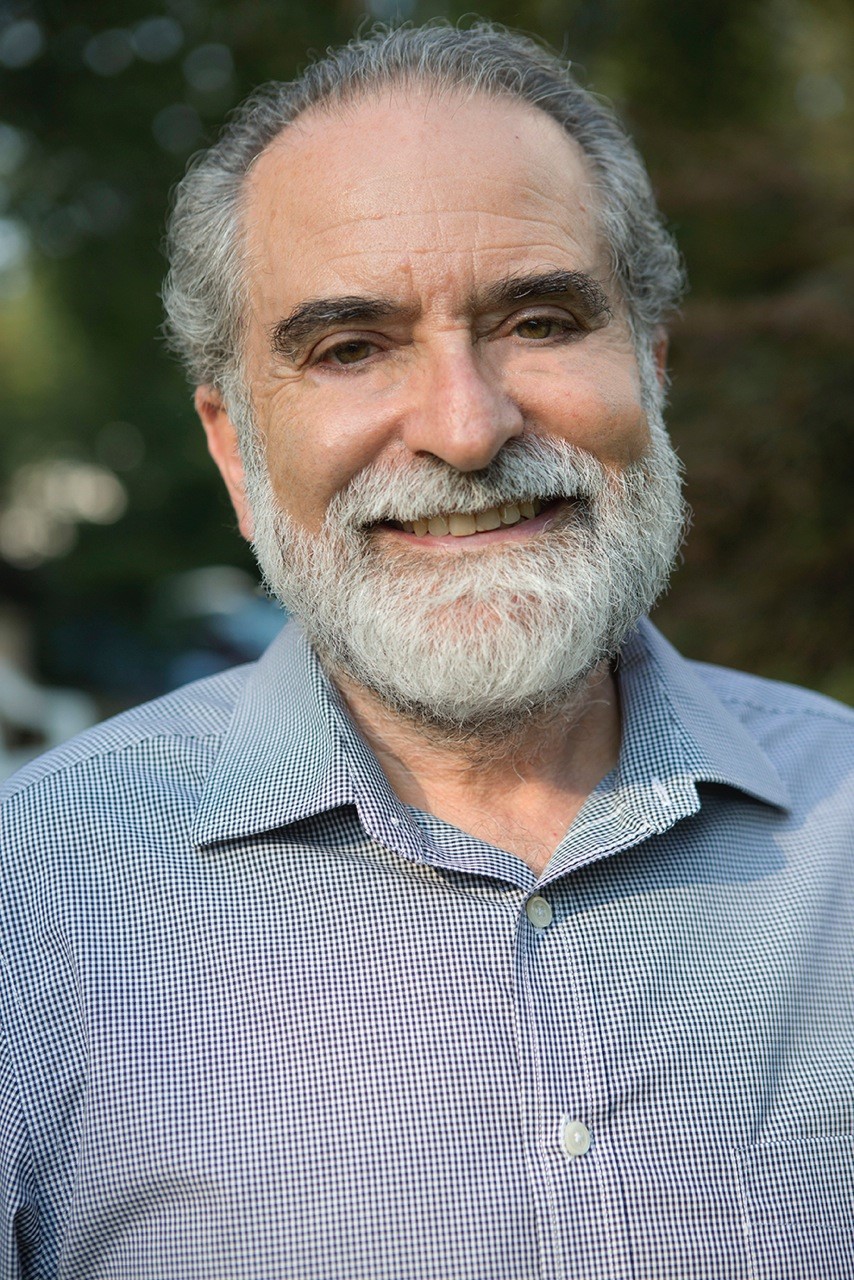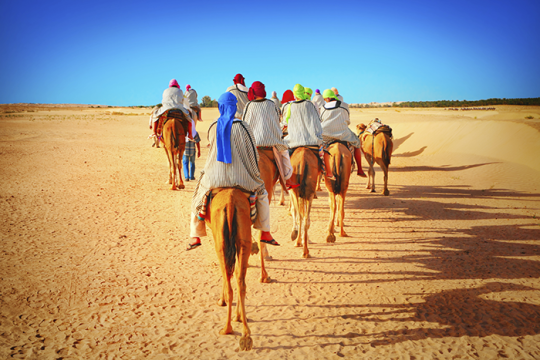
Joel Hoffman, PhD, is the author of several books, including And God Said: How Translations Conceal the Bible’s Original Meaning, and, most recently, The Bible’s Cutting Room Floor: The Holy Scriptures Missing from the Bible (Thomas Dunne Books). His next book, The Bible Doesn’t Say That: 40 Biblical Mistranslations, Misconceptions, and Other Misunderstandings, comes out in February. He has held faculty appointments at Brandeis University and Hebrew Union College-Jewish Institute of Religion in New York.
ReformJudaism.org: You say the Hebrew Bible is abridged. What, exactly, is missing?
Joel M. Hoffman: Lots of things. For example, the Book of Genesis in the Bible tells you about Adam and Eve in the Garden of Eden, but not what happened to them after they get kicked out for disobeying God or how they dealt with loss. Did Adam forgive his wife? What was it like for them when one of their sons killed the other?
Another example is the life of Abraham, the first monotheist. How did he come to reject idolatry and leave his father’s idol factory? What did he experience in the early part of his life that led to his becoming the first monotheist?
For answers to these and other questions, we need to examine the books that were left out of the Bible.
Why were these other books excluded?
The Bible was never meant to exclude or reject the other writings completely, but rather to highlight some contents. There was also a very practical reason; many of the scrolls were excluded simply because there wasn’t enough room to include them.
Originally, books were written on individual scrolls, which could only hold so many words. As technology progressed, it became possible to bind leaves of parchment together to form longer volumes. This new kind of compilation, called a codex, made it possible to gather a collection of scrolls into one set. The Bible was the first major collection of scrolls. But even though a codex could be longer than a scroll, its length remained limited.
Where can we find the missing details about Adam and Eve?
The Life of Adam and Eve, which dates from about 2,000 years ago, recounts the couple’s life after their exile from the Garden of Eden. It’s a remarkable work, which addresses the human condition with rare insight. To be human is to work for a living, endure pain, to live in exile, to long for what was, to wonder why we suffer, and – if we are lucky – ultimately to understand that our suffering is simply a part of the universe, which inherently contains both good and evil.
We are all Adam, and we are all Eve. Genesis is about us. But it doesn't give us the whole story.
What about Abraham’s early life?
Start with The Apocalypse of Abraham, which was also written about 2,000 years ago. The book explains how Abraham’s youth affects his actions later in life. And it, too, deals with the nature of good and evil, focusing on the question of justice and whether evil is always punished.
Why is the missing book about Abraham called an apocalypse?
An apocalypse is a literary genre, often marked by mystical journeys, for example, and an audience with God.
Do these lost books have a collective name?
Sort of. Many of them are written in the name of someone other than the actual author (“pseudonymously”), so a lot of these should-have-been-biblical books are part of a grand collection called the “pseudepigrapha.” These are many of the most famous documents left on the Bible’s cutting room floor. But the whole collection of material on the cutting room floor extends beyond the pseudepigrapha to include alternative traditions, the Dead Sea Scrolls, and more.
What are some of the insights Bible scholars have drawn from the Dead Sea Scrolls?
The Dead Sea Scrolls inform our reading of the Bible by giving us passages that are missing from our standard text. They also offer insight into important issues from 2,000 years ago, such as showing us that sacrifices could have been conducted even after the Second Exile in the year 70 C.E.; leaders made a purposeful decision to discontinue sacrifice.
Is there a comprehensive list of documents from the Bible’s cutting room floor?
I'm working on a website called TheUnabridgedBible.com, where you’ll eventually find such a list, along with links to a number of online writings about them, an expanded glossary of the people and places connected to them, and a variety of additional supporting material.
Related Posts



